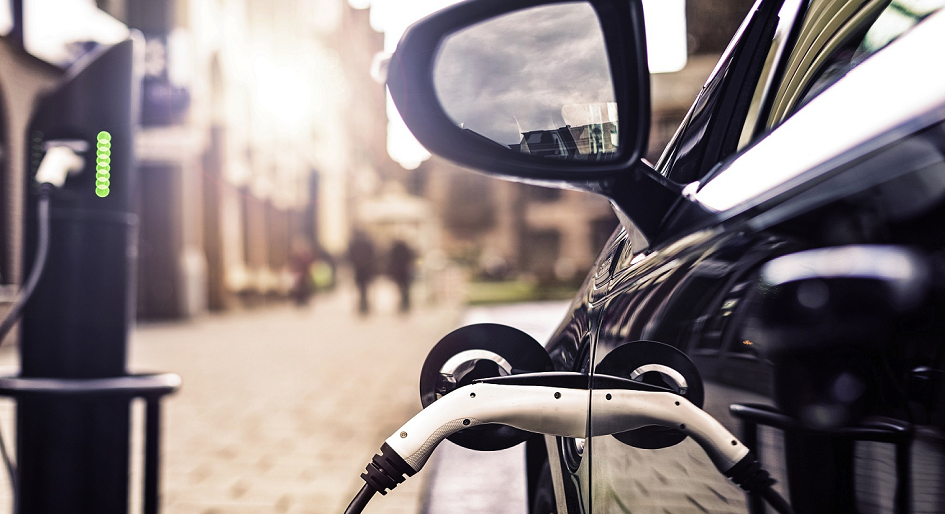Still think sustainability is a buzzword? Think again. As contractors like Paul Drozdowski can attest, the pursuit of cleaner and more energy-efficient operations has become a priority for stakeholders across the board.
“We’re seeing some really encouraging trends in the field among our commercial, municipal, and institutional clients when it comes to investing in sustainable technologies or systems,” says Drozdowski, Vice-President of Kudlak-Baird Electrical Contractors, a family-owned company also led by Henry Drozdowski and David Drozdowski. “This shift to greener operations cannot be ignored, and it’s really pushed us to develop the skills, resources, and capacity to lead these transformations.”
“It’s definitely keeping us busy,” he adds.
That transformation can vary according to industry and building type. By and large, though, there are several sustainability “trends” taking the spotlight.
Making the LED switch
If Kudlak-Baird’s recent activity is any indication, one of the biggest sustainability movements is the shift to LED lighting. The electrical contracting firm has been involved in numerous large-scale LED lighting retrofits in years, including its award-winning, flagship LED lighting installation at Toronto’s St Lawrence Market.
“That’s been at the forefront of everything in our industry,” notes Drozdowski. “The conversion to LED lighting has been extensive across all the sectors we work in, and that’s good to see because there are substantial benefits.”
Converting to LED lighting certainly has its advantages. Beyond offering lower maintenance costs and longer lifespans than traditional lighting, LED lighting has proven to be far more energy-efficient in the long run.
As with any upgrade, making the switch to LED comes with an upfront investment. Nevertheless, a standard cost analysis will show the long-term savings more than make up for the initial expense.
Moreover, as Drozdowski notes, “Like any technology, the cost of adoption is coming down as LED lighting becomes more common. Whereas an LED conversion tube would have been $15 five years ago, now we can source it for a fraction of the cost.”
Charged transportation
The surge of electrical vehicles (EV) has sparked another major trend within the roadways and parking lots of the world. Specifically, the rise in popularity of EV transportation has increased the demand for EV charging stations.
“The obvious problem is that you have a surplus of gas stations but nowhere to charge your electric vehicles,” says Drozdowski. “So because of that, there’s been a massive push for those charging stations.”
Kudlak-Baird is currently installing over 40 stations across Toronto, and is experiencing pent-up demand for even more. This demand is driven in part by a desire among the public to move away from fossil fuels.
Building owners and managers are also motivated by government incentives which can offer significant financial support for those who choose to install them.
“And there’s a good reason why you might want to install an electric charger for your customers or tenants, too,” says Drozdowski. “Not only are more and more drivers looking for a place to charge their EV, but there’s an opportunity to charge for the use of those stations, which opens up new revenue streams.”
Seizing the trends
LED lighting and EV stations are among the most significant sustainable trends that Kudlak-Baird’s teams have seen in the field, but they are far from the only ones. With “smart” building systems, net-zero innovations, and other carbon-neutral solutions coming to market, it’s safe to say that sustainable operations have become the “norm” rather than a “nice to have.”
Of course, there’s an art to adopting sustainable technologies. And when it comes to designing, installing, or implementing these electrical solutions, it pays to involve the professionals.
“It’s not as simple as ‘plug-and-play,’” states Drozdowski. “Before you can implement any new energy-efficient solution, you need to match the electrical infrastructure of the building. That means assessing your requirements, weighing your options, and determining if the unit can handle what the building has available.”
“Overall, it really helps to have someone like us by your side making that assessment, recommending the products that will best suit your needs, and then making it all work,” he adds. “Not only will the job get done right, but it will get done faster and with less impact on the bottom line.”
Kudlak-Baird Electrical Contractor is a leading electrical contractor with over 70 years of experience serving Toronto and the GTA clients in the commercial, industrial, municipal, and institutional sectors. For more, visit www.kudlak-baird.com.






